Behind closed doors: where refugees call home in Switzerland
There are 68.5 million forcibly displaced persons worldwide as a result of war, and natural or man-made disasters. Photographer Yvain Genevay’s photos show what temporary shelters look like for the small number of them who reach Switzerland.
People seeking asylum in Switzerland may stay in the country while awaiting a decision from the authorities on whether their application has been successful. They receive temporary accommodation where they will stay during the first three months of their application.
According to the State Secretariat for Migration, there were 18,088External link applications for asylum in Switzerland at the end of 2017 and 6,360External link people were granted asylum. Every asylum seeker arriving in Switzerland receives an N-Permit, proof that they have applied for asylum and are awaiting a result.
A first impression
In these pictures, Genevay makes a political comment about what some of Switzerland’s asylum seekers might see when confronted with their temporary housing for the first time. The entrances pictured range from bunkers set in suburban and urban regions to hotels in mountainous landscapes.
Genevay writes on his websiteExternal link that the choice of accommodation for asylum seekers is “the result of political adjustments and compromises”. Their “form” reflects the “attitude of local authorities towards the asylum issue”.
The United Nations Refugee Agency (UNHCRExternal link) divides the world’s displaced people into the following groups:
RefugeeExternal link
A person who has “a well-founded fear of persecution because of his/her race, religion, nationality, membership in a particular social group, or political opinion”. Many refugees are in exile to escape the effects of natural or human-made disasters.
Asylum seekerExternal link
Asylum seekers say they have fled their homes for the same reasons refugees do, but their claim to refugee status is not yet definitively evaluated in the country to which they have fled.
Internally Displaced PersonExternal link (IDP)
A person who has not crossed an international border but has moved to a different region within their own country from the one they call home.
Stateless PersonExternal link
A stateless person retains no recognised nationality or does not belong to any country. Statelessness is often caused by discrimination against certain groups. Their lack of identification – a citizenship certificate – can exclude them from access to important government services, including health care, education or employment.
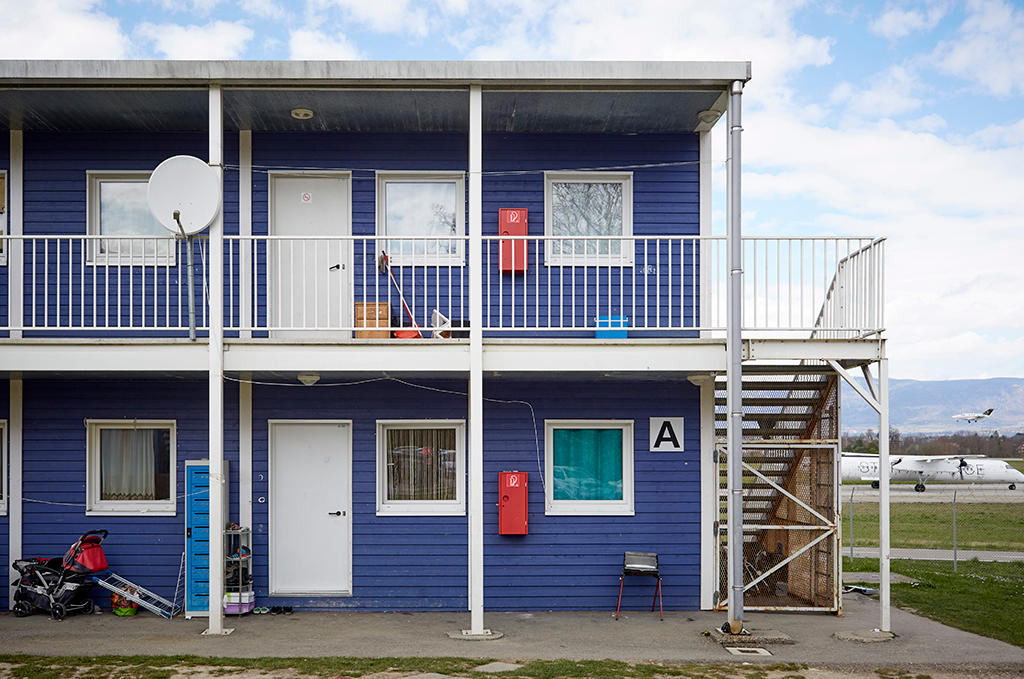

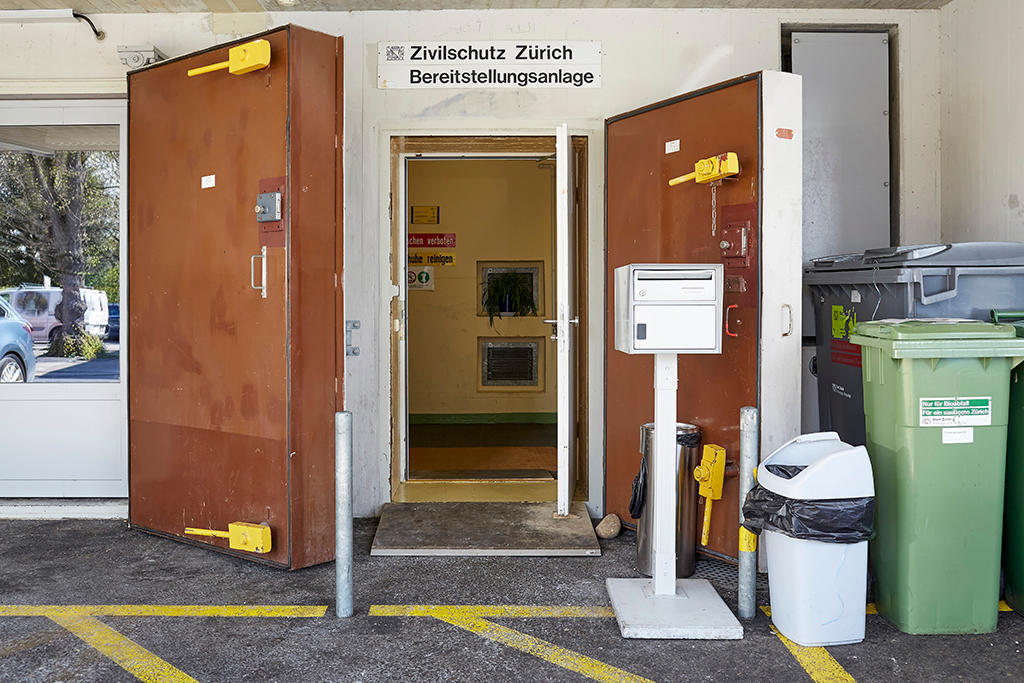
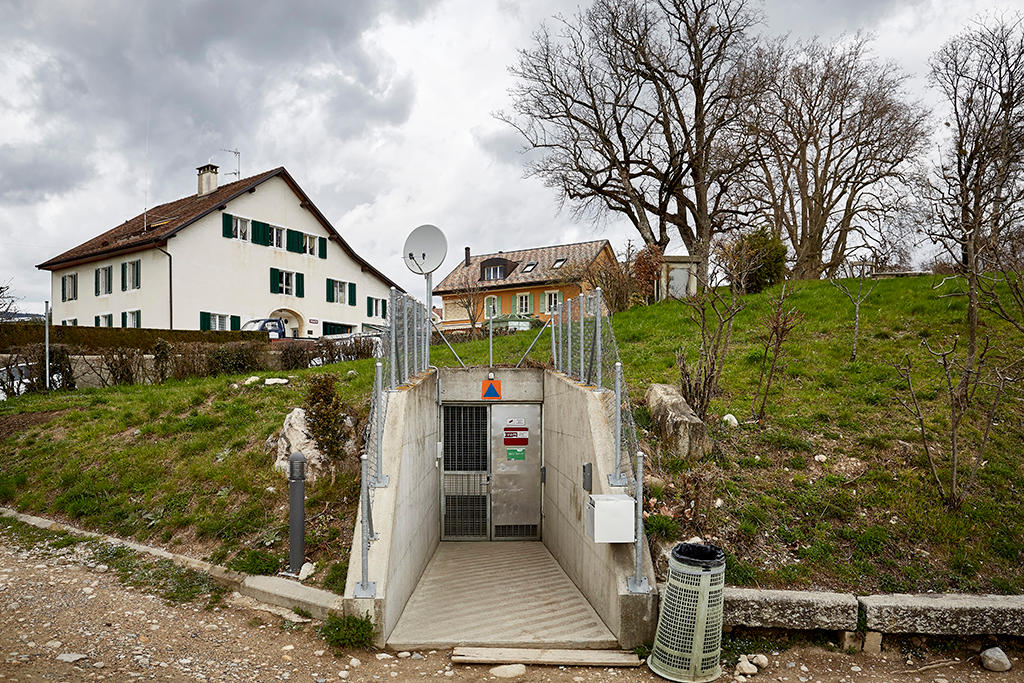
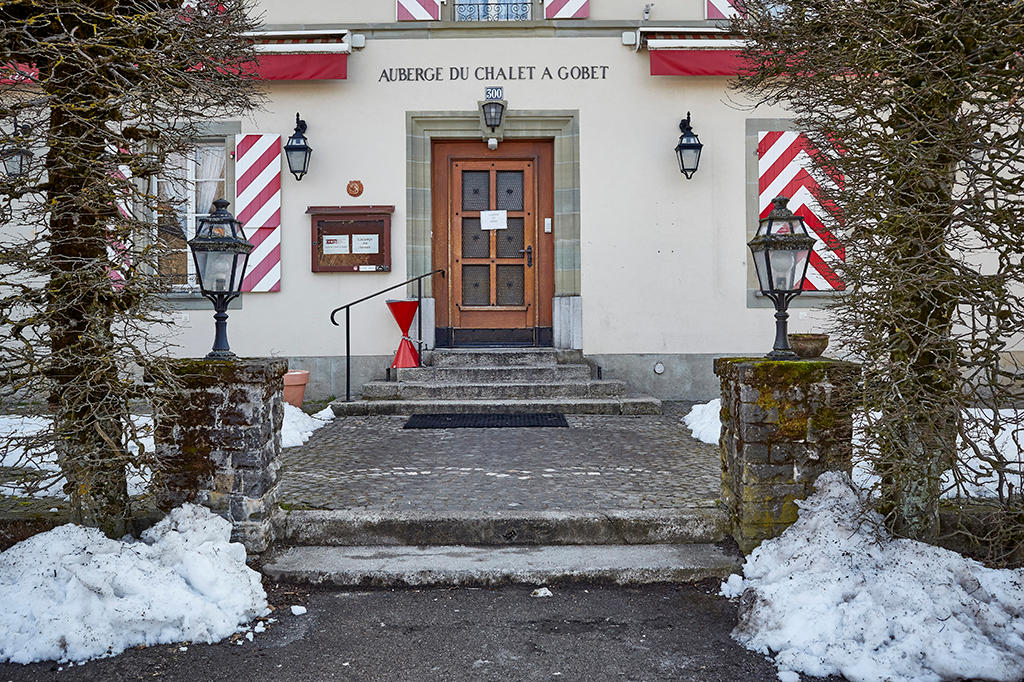
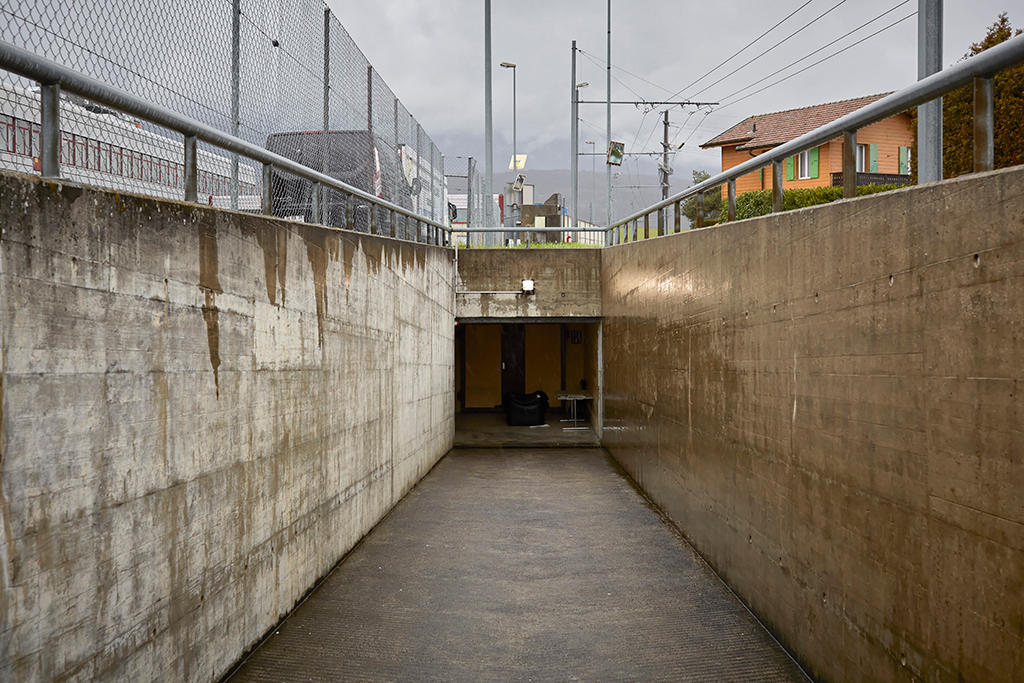
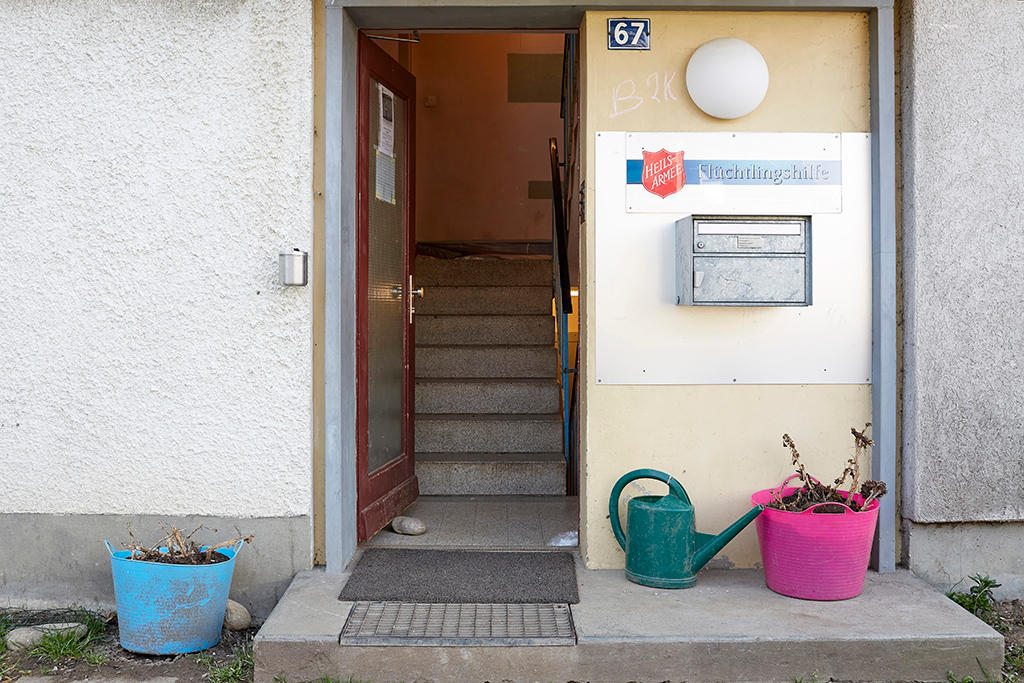
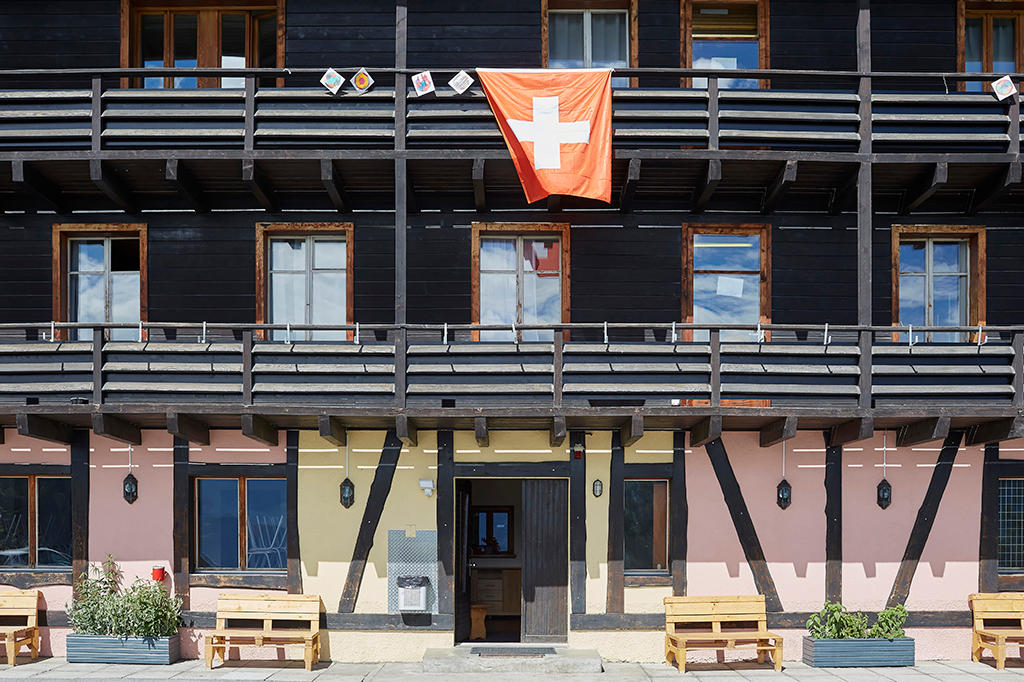

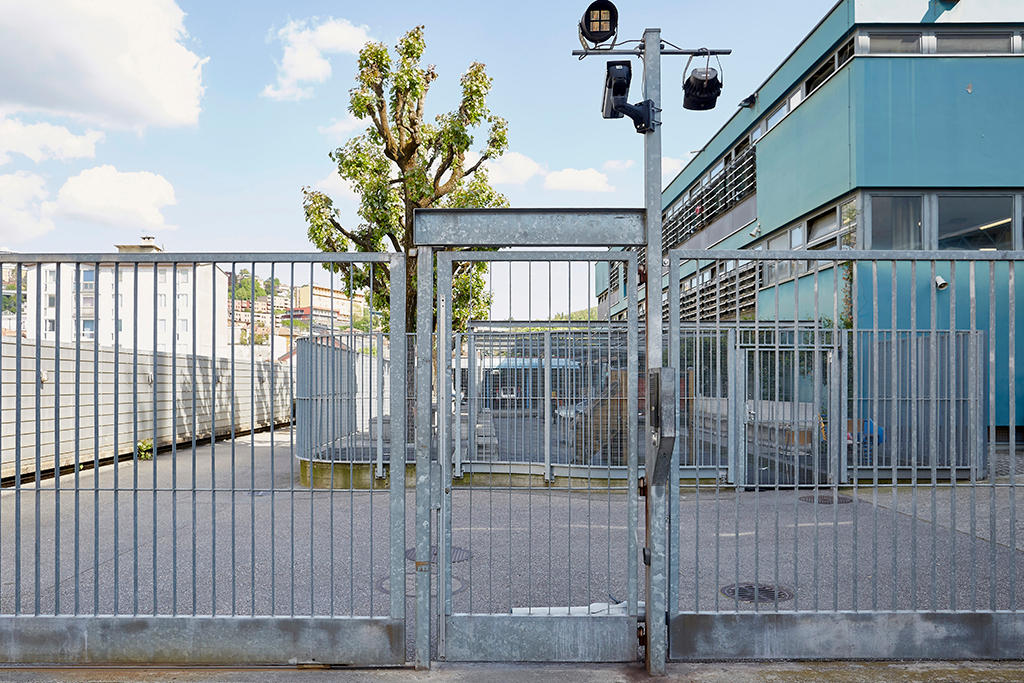
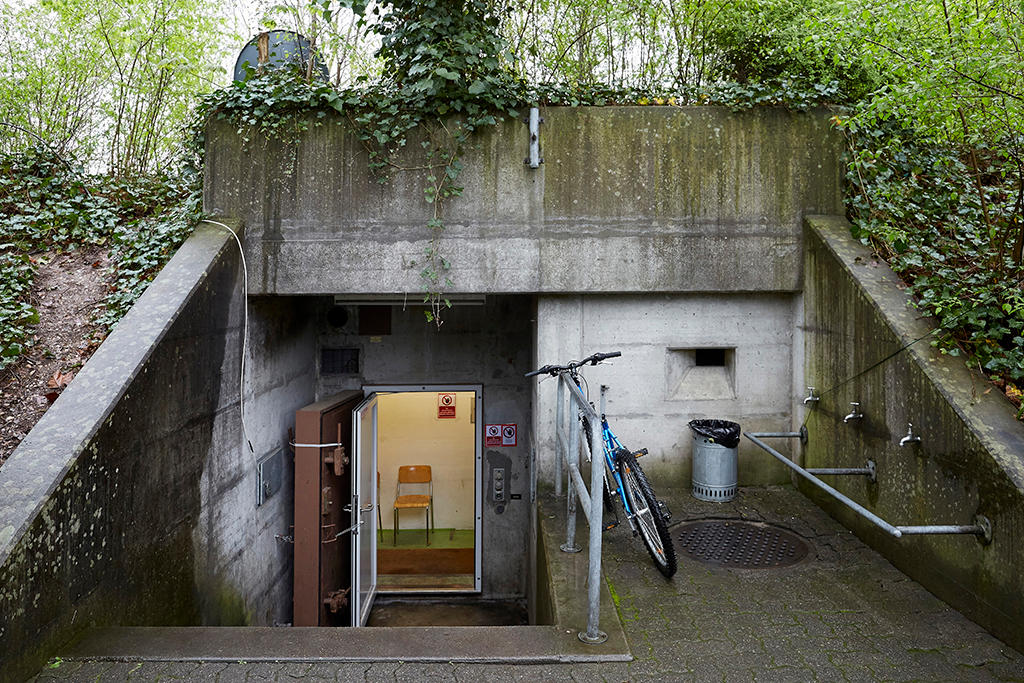
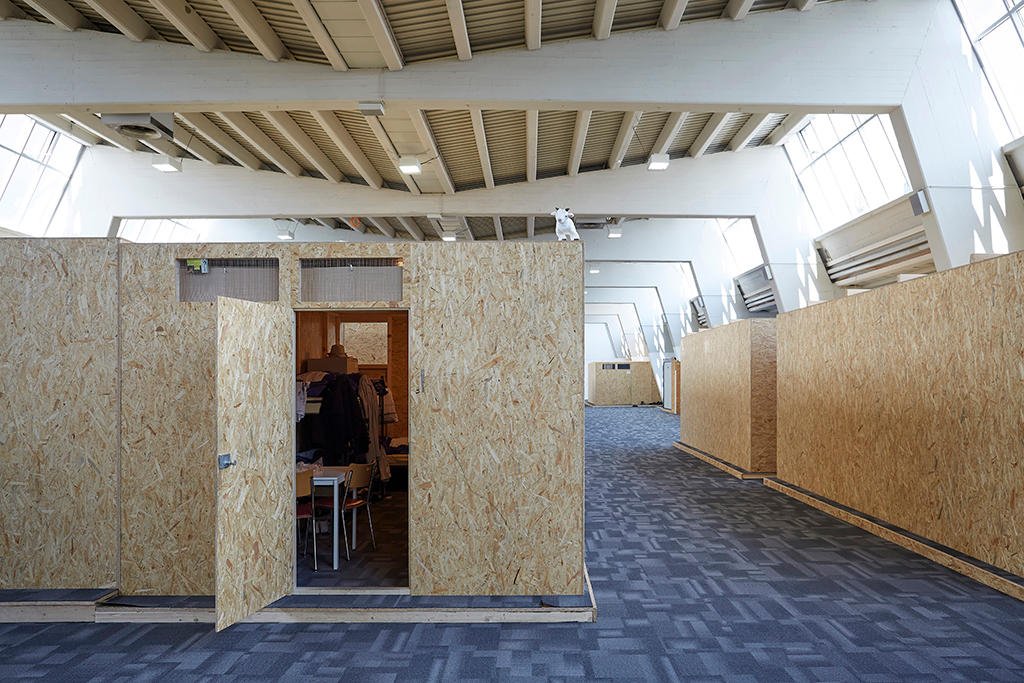






You can find an overview of ongoing debates with our journalists here . Please join us!
If you want to start a conversation about a topic raised in this article or want to report factual errors, email us at english@swissinfo.ch.